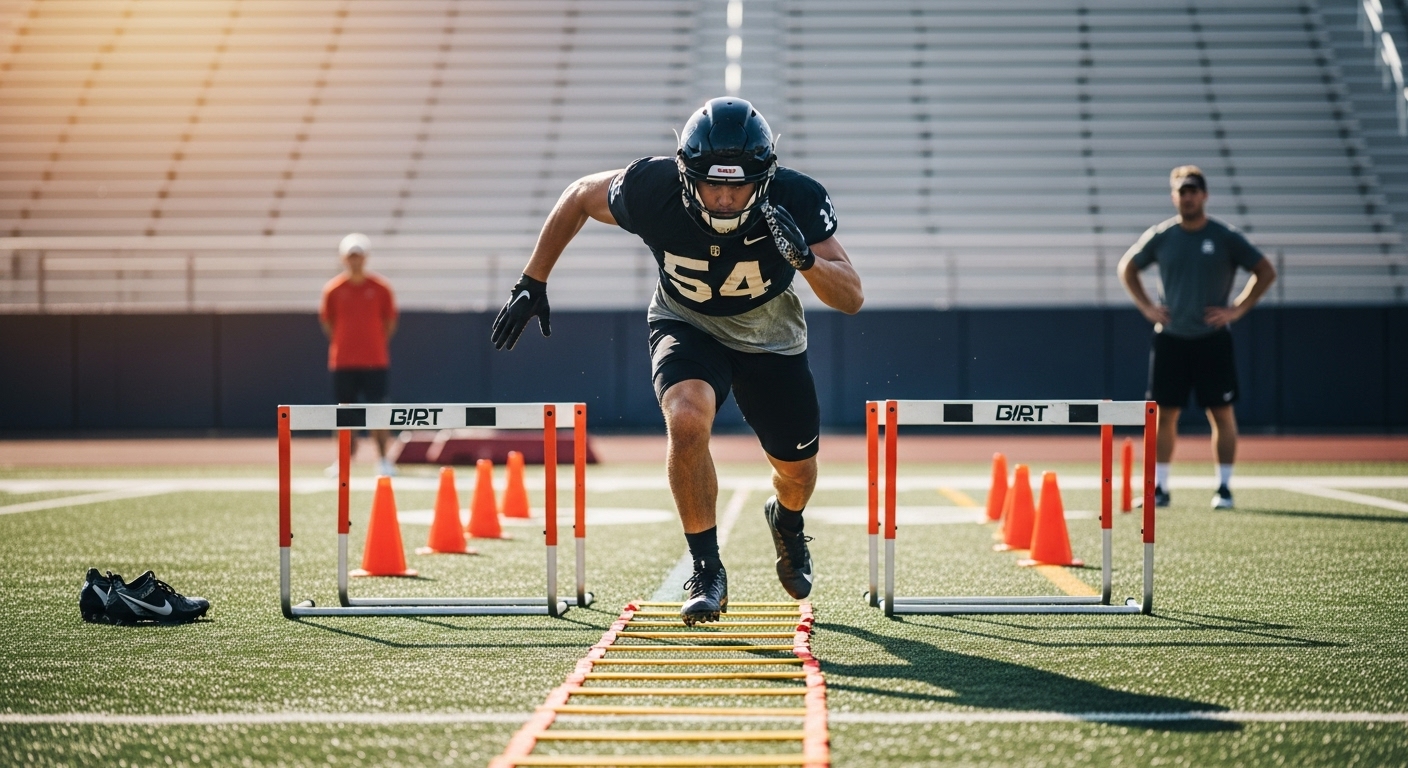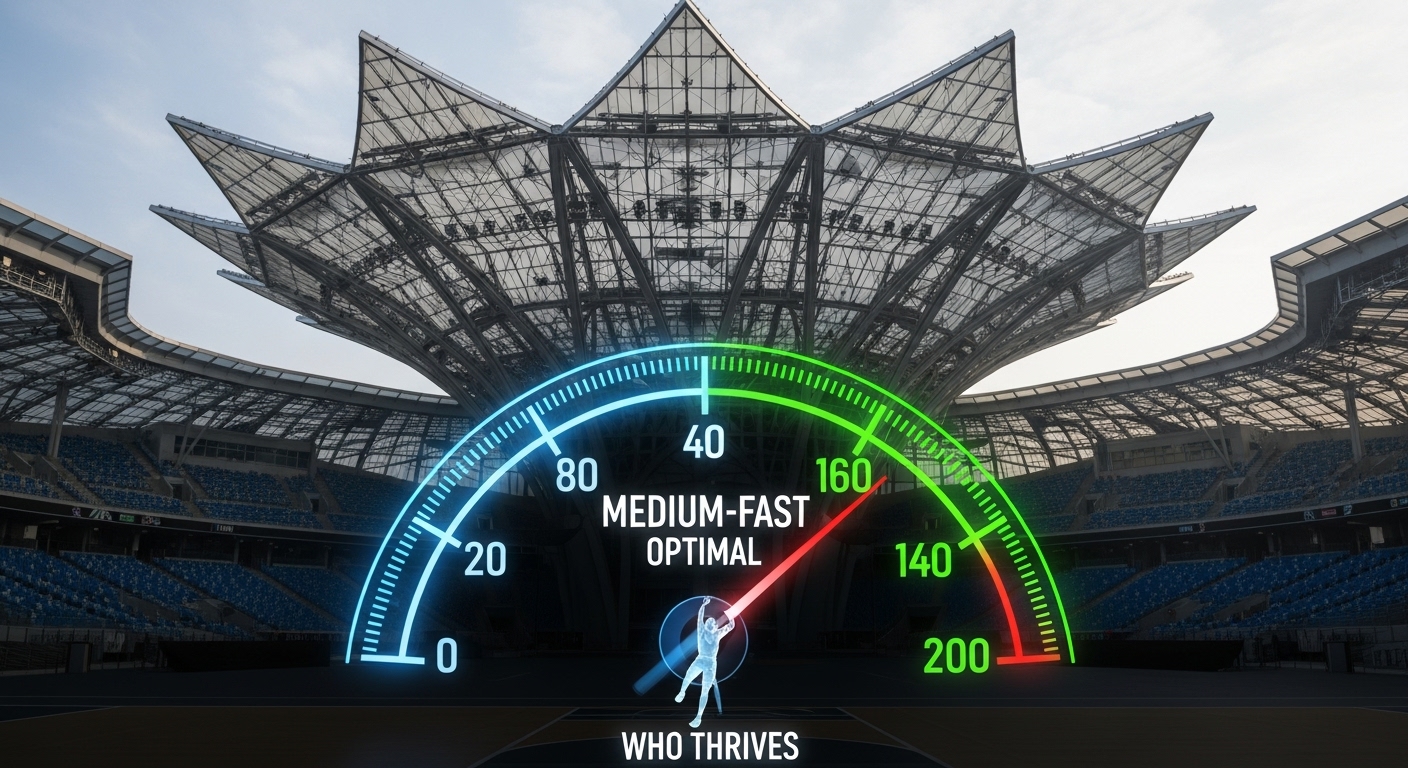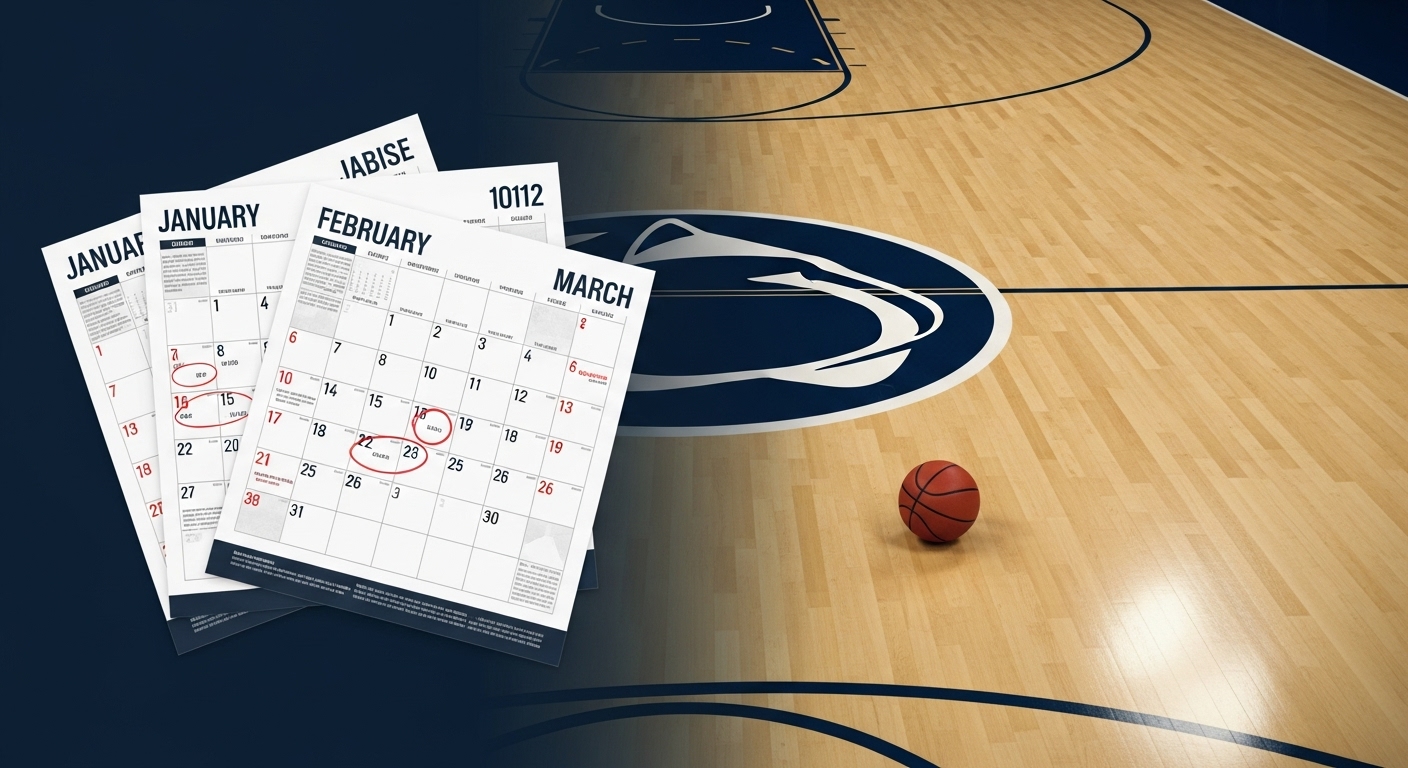As a coach who’s run hundreds of practices over the last 12 years, here’s my quick take: if your football drills aren’t simple, fast, and repeatable, they won’t stick. I’ve tried the fancy stuff. What actually works is speed work, agility drills, and clean technique under stress. That’s it. No magic. Just reps.
What matters right now (the short version)
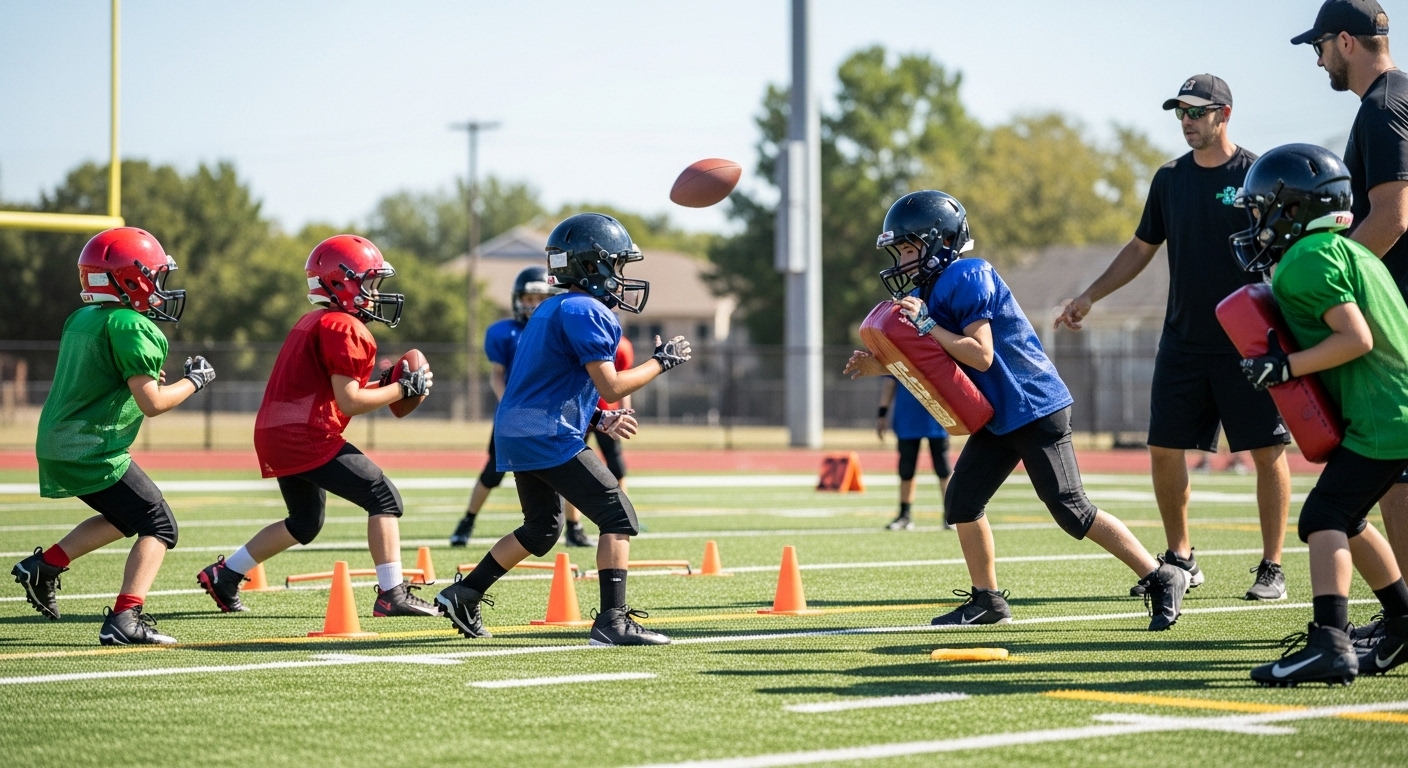
- Speed first: sprint mechanics, acceleration, and top-end speed.
- Change of direction: quick cuts, sharp angles, and stable hips.
- Footwork and balance: ladder drills, cone drills, stance discipline.
- Pad level and leverage: blocking and tackling form that doesn’t get you benched.
- Catch and break: hands clean, then burst upfield. No admiring your catch.
- Short reps, fast reset: 6–12 seconds of work, then reset. Like a real play.
Speed: the basic stuff nobody wants to master
In my experience, players love “fun” drills and hate basic sprint work. Too bad. Straight-line speed still wins. If you don’t have a layup in your program that looks like the 40-yard dash, you’re guessing. I teach a simple cue: chin down for the first 10 yards, pump arms cheek-to-hip, and drive knees like you mean it. It’s not elegant. It’s effective.
I’ve always found that most kids overstride. They think longer steps equal faster. Nope. Smaller, faster steps early, then open up. We film on a phone. We look for a tall spine at top speed, relaxed jaw, loose hands. If a player’s shoulders twist like a washing machine, I fix that first.
Change of direction: hips don’t lie, they squeal
What I think is this: agility isn’t cones for Instagram. It’s control. I lean on the three-cone drill to teach bend, plant, and re-acceleration. I cue “low hips, quiet head, violent feet.” When players pop up tall on the turn, their time balloons. We fix it by sitting the hips and keeping the chest over the toes on the cut.
Shuttle changes matter too. A simple 5–10–5 teaches decel and re-accel. I tell guys to break down one step earlier than they think. And I want eyes up—if you stare at the ground, you’ll over-rotate and waste steps. Clean feet, tight lines.
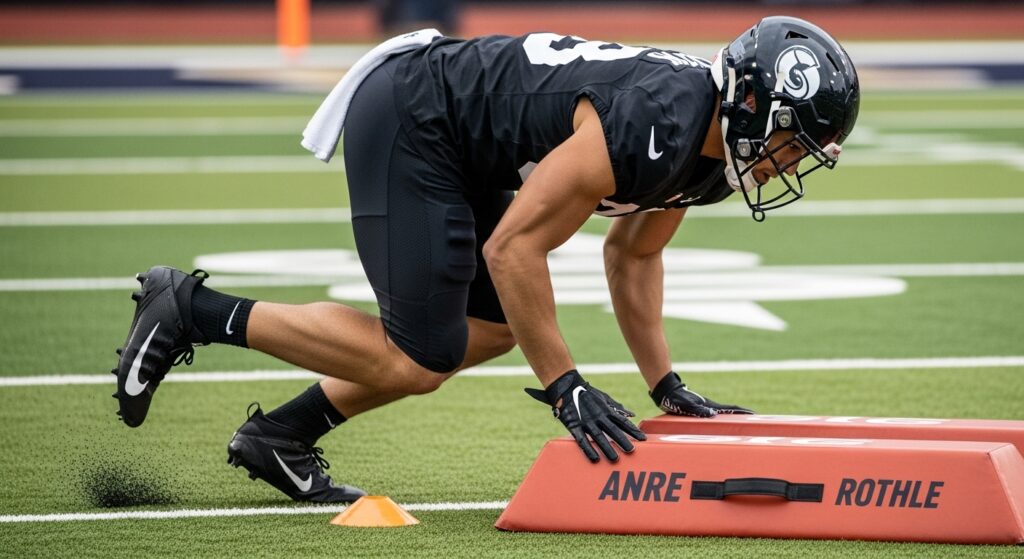
Position mini-guides (speed round)
Quick hits by position
Here’s a snapshot I use with youth, high school, and weekend warriors. It’s not fancy. It works.
| Position | Main Focus | Simple Drill I Love | Coaching Cue |
|---|---|---|---|
| QB | Footwork, timing, pocket moves | Three-step, hitch, reset on command | Eyes downfield, quiet feet after the hitch |
| RB | Cuts, ball security, burst | Two-cone jump-cut, then finish 10 yards | High and tight, plant under the hip |
| WR/TE | Release, stem, catch-through | Press-release vs. hand-fight pad | Win the first two steps, eyes to the tuck |
| OL | Pad level, hand placement, first step | Board drill with short choppy drive | Thumbs up, elbows in, eyes under the chin |
| DL | Get-off, strike, shed | Ball-react get-off to two-hand pop | Beat the hand, not the man |
| LB | Read step, scrape, finish | Key-step to fit with pad pop | Shuffle flat, square shoulders |
| DB | Backpedal, hip flip, drive | W-press footwork then 45-degree break | Stay low, break off the inside foot |
Practice flow that actually fits a clock
I’ve timed practices like a weirdo. Real games feel long. There’s a reason the clock says 60 but it drags, and it’s explained here: why 60 minutes takes about 3 hours. So I build short bursts into practice. Six minutes on a block, fast reset, water quick, then next block. Reps high, talk low.
| Segment | Time | Goal | Example |
|---|---|---|---|
| Dynamic warm-up | 8 min | Temp up, joints ready | A-skips, high knees, hip openers |
| Acceleration | 10 min | First 10 yards | Falling starts, 3-point 10s |
| Change of direction | 12 min | Plant and go | 5–10–5, lateral shuffle breaks |
| Position indy | 14 min | Footwork + technique | Releases, hand placement, mirror |
| Competition | 10 min | Game speed under pressure | 1v1, 3v3 chase, pursuit |
| Finishers | 6 min | Condition + mental | Sled pushes, tempo strides |
Quarterbacks, depth, and the “why” behind footwork
I’m picky with QBs. The drop must match the route concept. When I see college teams tweak timing, I steal ideas. If you’re curious how coaches read tea leaves on starters and line play, skim an LSU depth chart update and notice how footwork and protection calls connect. It’s all rhythm. Bad feet equal late throws.
Speed tests are tools, not personality traits
I’ve seen kids hang their identity on a time. Don’t. The 40-yard dash is a snapshot, not your fate. We train acceleration with 10-yard splits, then flying 20s for top end. Balance both. And please, finish through the line. I have a whistle and zero patience for early decels.
Agility tests: use them to coach, not to brag
We time the three-cone drill once a week. But the clock is the last thing I look at. I care about tight turns, stable core, and foot strike right under the hips. Clean the movement, then chase the PR. In that order.
Yes, soccer kids move well. That’s a compliment.
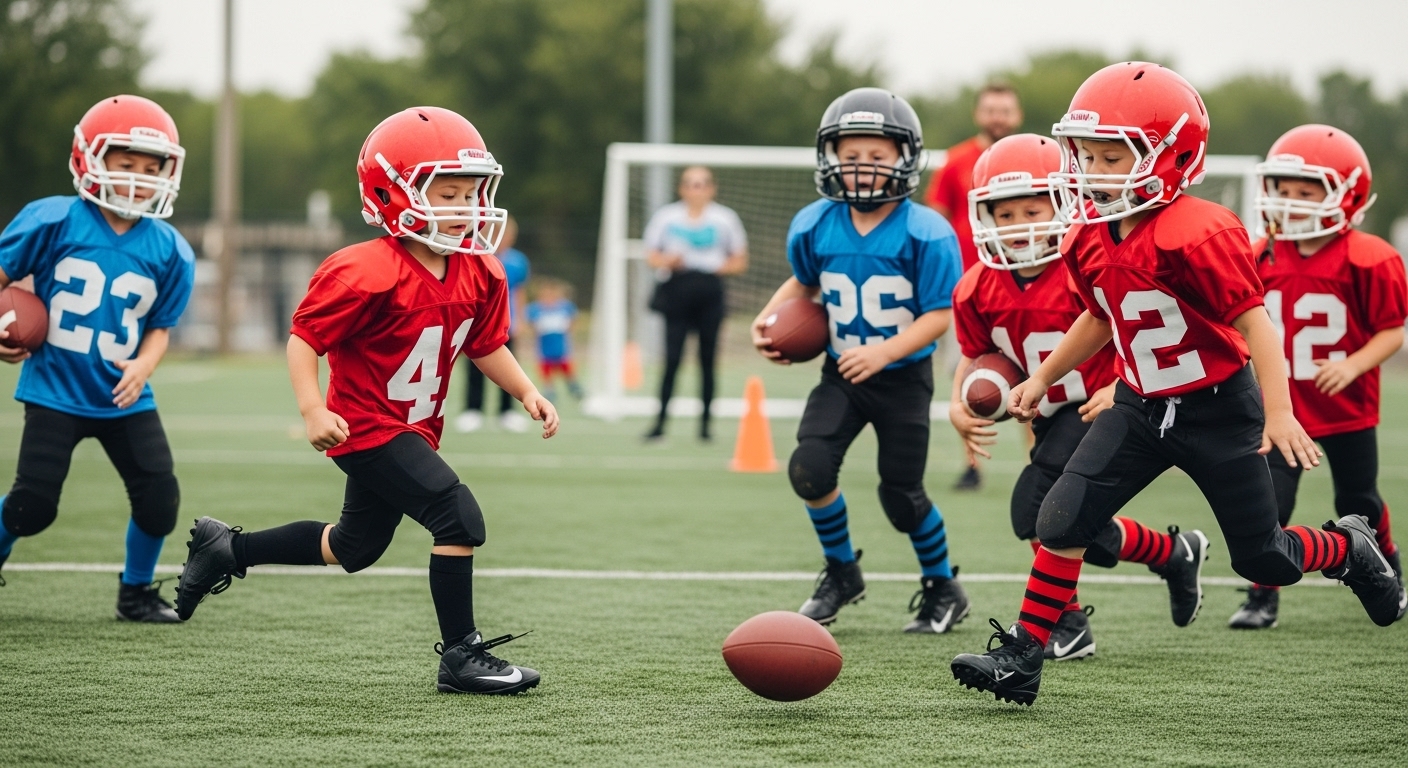
I borrow from other sports like a bandit. Soccer players usually have better footwork and endurance. There’s a reason soccer is the world’s most popular sport and their players do endless change-of-direction work. I’ll take that agility and add pads. Works great.
Data nerd moment (don’t roll your eyes)
If you like numbers, use them smartly. I peek at usage trends and pace when I plan conditioning blocks. The way fantasy folks break down team tempo is useful. A simple primer like this NFL DFS optimizer guide can teach you how to think in rates and splits. No, I’m not setting lineups at practice. I’m stealing logic.
Practice ideas you can steal today
My five go-to’s
- Two-cone burst: set cones 5 yards apart. Sprint, decel, snap turn, sprint back. 6 reps.
- Ladder into fly: quick feet through a ladder, then a relaxed 20-yard fly. Teaches rhythm.
- Mirror drill: partner shuffle and react. 10–15 seconds. Defense loves it.
- Hand-fit pop: OL/DL fit hands on the pad, two violent strikes, then reset. Elbows in.
- Catch and go: slant, secure, one cut upfield. No drifting. Score mentality.
Culture matters (and a little fun doesn’t kill anyone)
I’ve always found that when you add a game at the end, effort pops. Sometimes we finish with a quick numbers game like Super Bowl squares for laughs. Ten minutes of goofy fun. Then they forget they’re tired and ask for one more rep. Works every time.
How I cue technique so it sticks
Simple words beat long lectures
- “Low hips, quiet head.” For cuts and COD. If the head bounces, the feet lie.
- “Thumbs up, elbows in.” For hand placement on blocks. Hands win downs.
- “Cheek to hip.” For arm drive on sprints. Big arms, big speed.
- “See it, squeeze it.” For catching. Eyes first, then hands, then tuck.
- “Pad under pad.” For leverage. Get lower, then go.
Common mistakes I fix every week
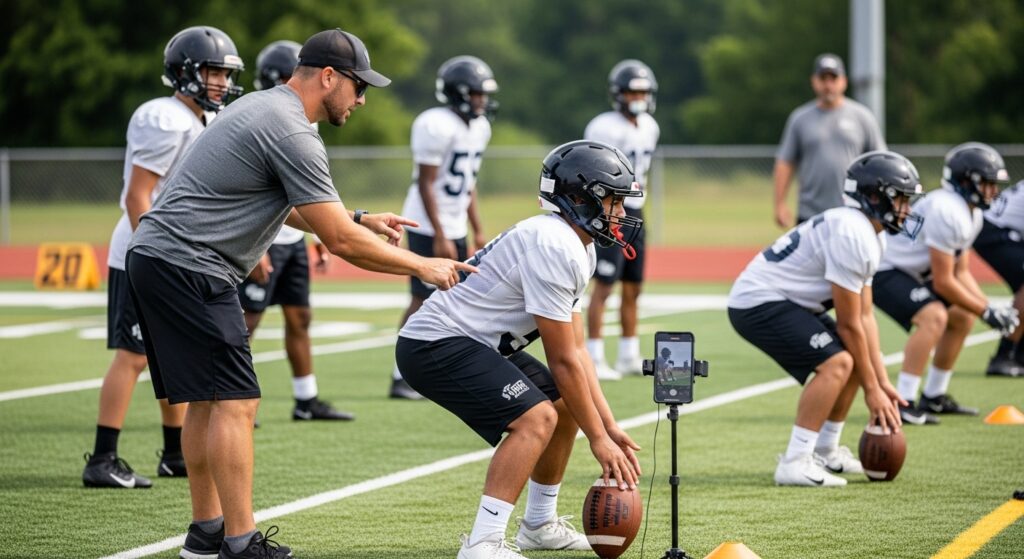
- Over-coaching: five cues at once equals zero cues. Keep one or two.
- Too long drills: if a rep lasts 30 seconds, it’s not football. Shorten it.
- No rest plan: quality needs breath. Walk back, reset, go again.
- Lazy starts: bad stance, bad play. Fix the stance first.
- No film: phone video is enough. Show, don’t just tell.
Mini FAQ (the stuff I get asked constantly)
What’s the best drill to get faster quickly?
Ten-yard sprints from a three-point start, 6–8 reps. Full rest between. Do it three times a week.
How long should a practice be for youth players?
Sixty to seventy-five minutes. Keep reps short, water often, and move stations fast.
Do ladder drills really help?
Yes for coordination and rhythm, no for magic speed. Pair ladders with real sprints and cuts.
How do I teach safe tackling?
Hit with the shoulder, eyes up, wrap and squeeze. Slow walkthroughs first, then add speed.
How many times should I run the same drill?
Until the quality dips. Usually 6–10 good reps per player, then move on. Don’t fry them.
One last note before I go refill my coffee
I don’t chase shiny new trends. I coach the boring stuff well, then add a twist. If your players can start fast, cut clean, keep pad level, and finish through the line, you’re already ahead. And yes, I still slip the phrase football drills into practice plans because it keeps me honest—simple, repeatable, game-like. Now if only everyone loved conditioning as much as I do. Probably not happening, but I can dream.

I’m Oliver Scott, and I live to bring every sports moment to life. Get breaking multi-sport news, in-depth match highlights, fantasy tips, athlete spotlights, and the latest trends right here.

